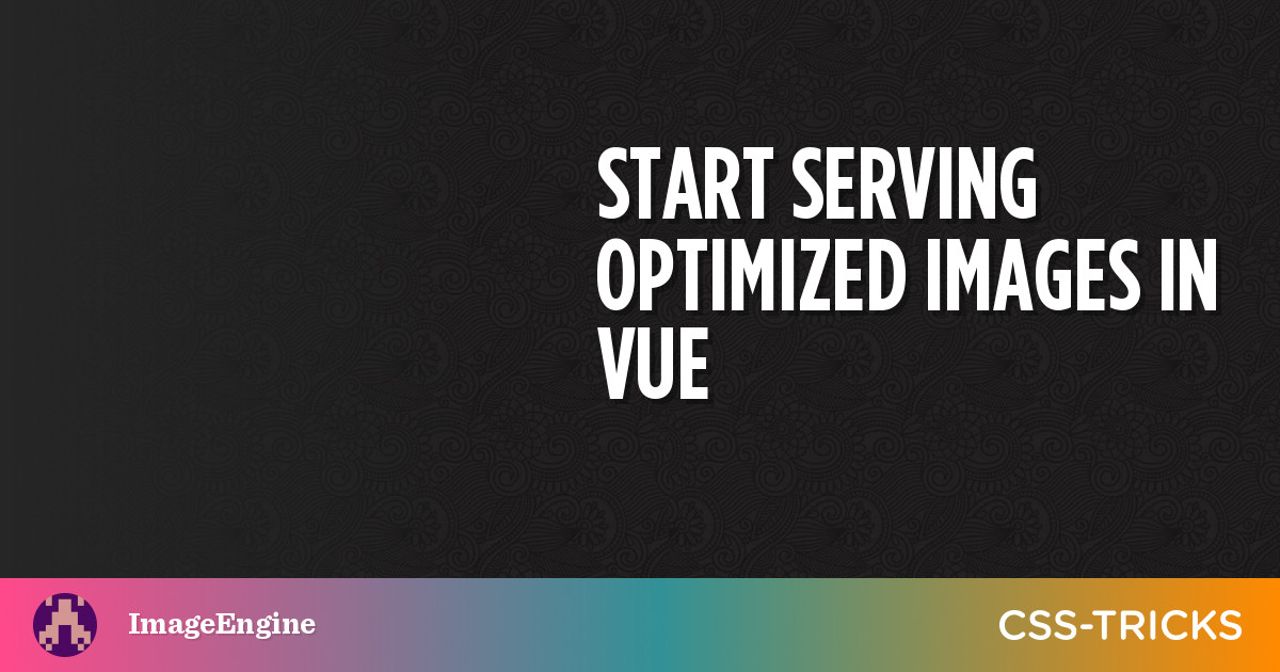Shawn Wildermuth has been tinkering with computers and software since he got a Vic-20 back in the early ‘80s. As a Microsoft MVP since 2003, he’s also involved … More about Shawn ↬
[…]
The code for this section is in the “Vuex4” branch of the example project on GitHub.
Vuex is state manager for Vue. It was built by the core team though it is managed as a separate project. The purpose of Vuex is to separate the state from the actions you want to do to the state. All changes of state has to go through Vuex which means it is more complex, but you get protection from accidental state change.
[…]
There are times, too, when Vuex is important too.
[…]
Or, alternatively you can add it by using the Vue CLI:
[…]
The big problem with Vuex 4 is that working with it in a TypeScript project leaves a lot to be desired. You can certainly make TypeScript types to help development and builds, but it requires a lot of moving pieces.
That’s where Vuex 5 is meant to simplify how Vuex works in TypeScript (and in JavaScript projects in general). Let’s see how that will work once it’s released next.
[…]
The basic concepts of how Vuex works have been somewhat unchanged since it’s inception. With the introduction of Vue 3, Vuex 4 was created to mostly allow Vuex to work in new projects. But the team is trying to look at the real pain-points with Vuex and solve them. To this end they are planning some important changes:
[…]






